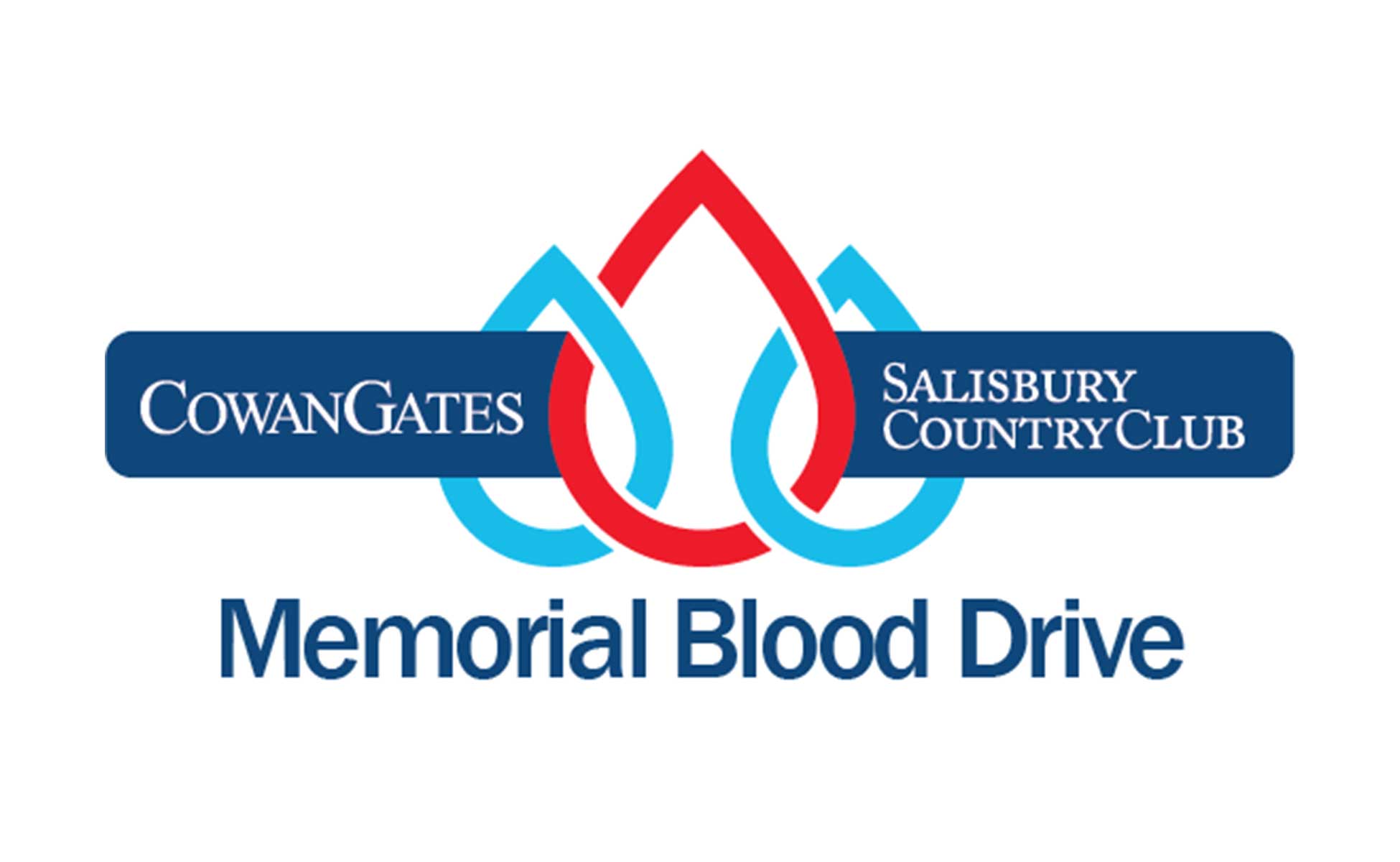BENEFITS OF THE COLLABORATIVE DIVORCE PROCESS

If Peaceful Resolution is Your Goal, Don’t Litigate. Collaborate.
The notion of a total stranger sitting in a courtroom and making life-altering decisions about one’s finances, property ownership, and even the time one can spend with his or her children after receiving just a few hours’ worth of information quite naturally creates a great deal of anxiety for family law clients. Added to the stress caused by the uncertainty of “what the judge will do with this” is the emotional impact of a drawn-out, adversarial process for addressing very intimate matters. When possible, the collaborative divorce process offers a smoother path to a result that is more specifically tailored to the parties’ needs and more durable going forward than a court order imposed upon two adversaries.
Collaborative divorce, a specially choreographed settlement process which requires specially trained attorneys, has grown in popularity from its infancy in the 1990s. Collaborative divorce involves two foundational principals which anchor the process: (1) an agreed result must be reached without litigation, and (2) the parties will openly, honestly, and freely share all information pertinent to all issues. These principals aim to encourage the parties to work together to reach a solution that both find acceptable. Respectful communication is expected of all participants at all times. The goal of collaborative divorce could be described as the creation of two whole households as opposed to the division of one household, as in the litigation context.
The first step in the collaborative process, once both parties have decided to take this path, is for the parties and both attorneys to sign a collaborative participation agreement. The collaborative participation agreement states that the matter will be resolved by agreement, and that no one will file anything with the Court during the negotiation and settlement process. If either party decides to abandon the collaborative process in favor of litigation, both collaborative attorneys are prohibited by the collaborative participation agreement from representing the clients in litigation. Both parties must retain new counsel in order to litigate, and the collaborative attorney will assist the client in transitioning to a new attorney for litigation. Often, the collaborative participation agreement will contain a clause requiring a thirty-day “cooling off period” between terminating collaboration and filing suit, unless an emergency involving a threat to someone’s safety exists.
At the first four-way meeting after both parties have retained collaboratively trained attorneys, counsel will review the collaborative participation agreement with the parties, explaining the process and the scope of the matter, and all four will sign the agreement. The process will then begin with parties each detailing a list their goals for the process, their priorities, and their concerns in general terms. Counsel will assist the parties in breaking down the matter into discreet issues and may assign “homework” needed for the next session, such as compiling financial documents or contacting a realtor.
The process involves a series of four-way meetings that in many ways might resemble a traditional settlement conference – parties introduce, discuss, negotiate, and then accept or reject possible solutions to each issue. In some cases, the process is fairly quick and requires only a few meetings, but in cases involving complex financial issues or sensitive children’s issues, the process may continue for a longer period of time. The parties drive the speed of settlement to a large degree.
An important feature of the collaborative process is the involvement of non-lawyer professionals in the settlement negotiations. Collaborative divorce allows for a neutral financial professional, a mental health professional serving as a child specialist, and a shared communication coach or two communication coaches, who are mental health professionals tasked with assisting the parties with the emotional aspects of the divorce process.
The documents produced at the end of a successful collaborative divorce process would include a property settlement agreement, a parenting plan, spreadsheets reflecting the division of assets and debts, and a budget worksheet showing how the household income will be allocated for the expenses of each party and how much spousal support or child support will be paid by whom. These agreements are incorporated into the final decree at the time of the divorce.
In addition to divorce, the collaborative process can also be used to resolve child custody disputes, prenuptial agreements, spousal or child support, agreements between unmarried partners or parents, and modification of existing agreements or court orders. Collaborative is sometimes used in non-family law matters as well, such as contract negotiation or employment disputes.
Contact a Family Law Attorney
Our Midlothian, Virginia law firm has served divorce clients since 1977 and we’re ready to sit down with you, help identify your individual needs and goals, and provide the comprehensive, thoughtful legal advice you deserve. To speak with a lawyer at CowanGates about the collaborative divorce process, please call 804-320-9100 or contact us online today.




